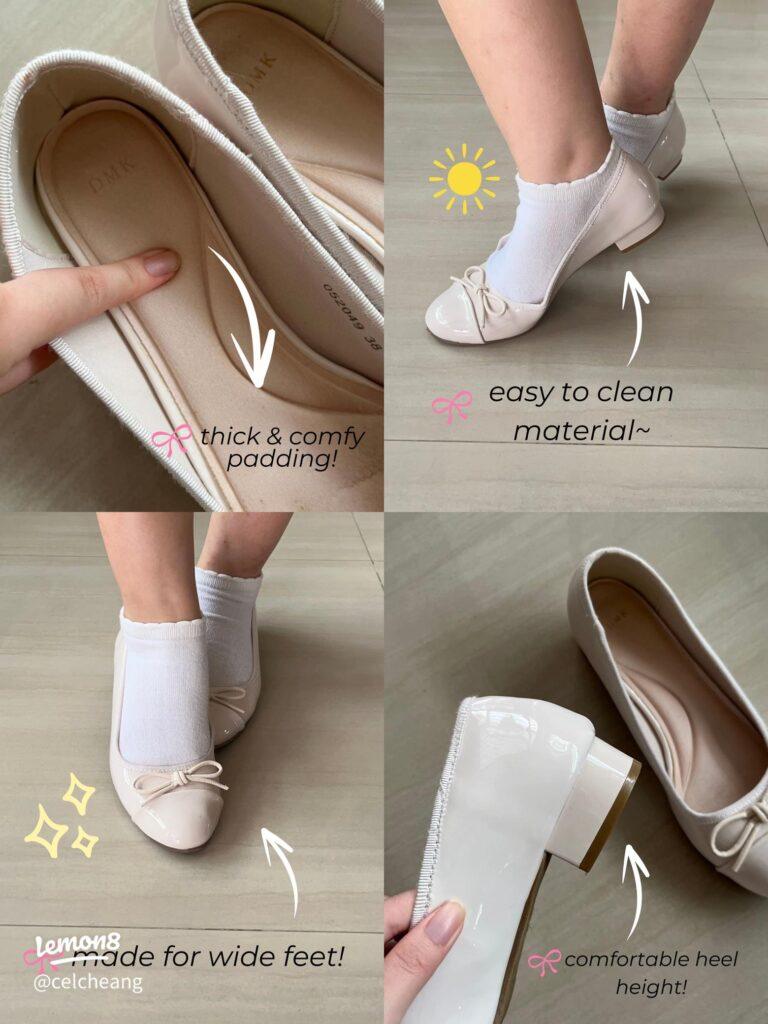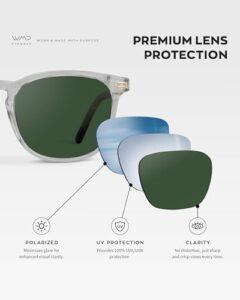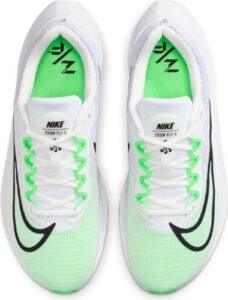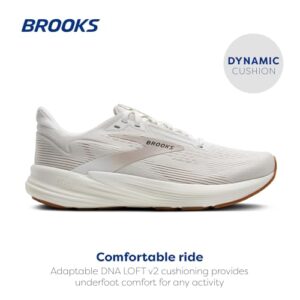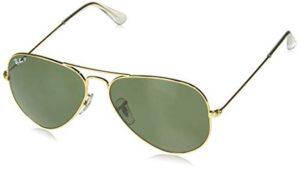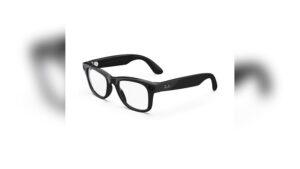Are your ballet flats causing you discomfort? You’re not alone.
Many people love how ballet flats look but struggle with sore feet after wearing them. The good news is, you don’t have to give up on style for comfort. You’ll discover simple, practical tips to make your ballet flats feel like they were made just for you.
Keep reading, and step into a world where fashion meets comfort effortlessly.
Choose The Right Size
Choosing the right size is key to making ballet flats comfortable. Shoes that fit well reduce pain and prevent blisters. Ill-fitting flats can cause your feet to hurt quickly. Take time to find the perfect size before buying.
Measure Your Feet Accurately
Measure your feet at the end of the day. Feet swell and grow slightly larger by then. Use a ruler or tape to measure length from heel to toe. Measure both feet because one may be bigger. Choose the size that fits the larger foot.
Consider Width And Arch Support
Ballet flats come in different widths. Shoes too tight cause pinching and discomfort. Look for flats with enough space for your toes to move. Arch support matters, too. Flats with no support can cause foot pain. Pick flats with built-in arch support or add insoles for comfort.
Add Cushioned Insoles
Ballet flats are stylish and light, but they can hurt your feet. Adding cushioned insoles helps ease the pain. Insoles give soft support and reduce pressure. They make ballet flats feel like walking on clouds. Here are two types of insoles to try.
Gel Pads For Ball Of Foot
Gel pads fit under the ball of your foot. This spot feels pressure from walking or standing. Gel pads absorb shocks and stop pain. They are thin and stay hidden inside your flats. You can move around longer without discomfort.
Memory Foam Inserts
Memory foam inserts mold to the shape of your feet. They give gentle support and spread weight evenly. These inserts reduce soreness and prevent blisters. Memory foam keeps your feet cozy all day. Your ballet flats will feel much softer with these inside.
Use Heel Grips
Heel grips are small pads placed inside the back of ballet flats. They help improve the fit and comfort. These grips stop feet from slipping out while walking. Heel grips are soft and cushion the heel area. They make ballet flats easier to wear for long hours.
Prevent Slipping
Heel grips keep your feet stable inside the shoes. Slipping can cause discomfort and make walking hard. The grips add friction between your heel and the shoe. This grip prevents your foot from moving up and down. It helps you walk without fear of losing a shoe.
Reduce Blisters
Ballet flats often cause blisters on the heel. Heel grips create a soft layer to protect your skin. They reduce rubbing and pressure on the heel. Less friction means fewer blisters and less pain. You can wear your ballet flats longer without discomfort.
Break Them In Gradually
New ballet flats often feel tight and stiff. Breaking them in slowly helps your feet adjust. This process makes the shoes softer and less painful. You can avoid blisters and sore spots by breaking them in gently.
Wear Short Periods At Home
Start by wearing your ballet flats inside the house. Wear them for 15 to 30 minutes each day. This lets the shoes soften without hurting your feet. Walk on different surfaces like carpet and hardwood. Gradually increase the time as the shoes feel more comfortable.
Use Thick Socks To Stretch
Put on thick socks and wear your ballet flats. The extra padding stretches the shoe material gently. Walk around the house while wearing the socks and flats. This method helps loosen tight areas without damaging the shoes. Repeat this for a few days until you feel relief.
Apply Anti-blister Solutions
Blisters can make wearing ballet flats painful. Applying anti-blister solutions helps protect your skin. These solutions reduce friction and prevent blisters from forming. They make your ballet flats feel softer and more comfortable. Here are two easy ways to protect your feet.
Moleskin Tape
Moleskin tape is a soft fabric with adhesive backing. Cut a small piece and stick it to spots where blisters form. It cushions your skin and stops rubbing. Use it inside your ballet flats or on your feet. This tape stays in place and lasts for hours. It is a simple way to avoid painful blisters.
Anti-friction Balms
Anti-friction balms create a smooth layer on your skin. Rub a small amount on areas prone to blisters. The balm reduces rubbing between your skin and shoes. It feels light and does not make your feet slippery. Apply it before wearing your ballet flats. This balm keeps your skin safe and comfortable.
:max_bytes(150000):strip_icc()/tal-everlane-day-ballet-flat-danielle-calma-03-1-c4447e1ce0ff4b6fbac8b161ddbff25d.jpeg)
Credit: www.travelandleisure.com
Adjust Straps And Fit
Adjusting the straps and fit of ballet flats can make a big difference in comfort. Straps that are too tight or loose cause rubbing and pain. A proper fit keeps your feet secure and pain-free. Small changes can help your ballet flats feel like they were made just for you.
Use Elastic Inserts
Elastic inserts add stretch to the straps. They help straps fit snugly without digging into your skin. You can sew small elastic pieces inside the straps. This allows some give when you walk or move. Elastic inserts prevent blisters by reducing pressure points. They keep your feet comfortable all day long.
Modify Buckles Or Ties
Changing buckles or ties can improve fit. Sometimes the original buckle is too tight or hard to adjust. Replace it with an adjustable buckle or softer tie. You can use ribbon or soft leather for ties. This lets you loosen or tighten straps easily. Modifying buckles stops the straps from cutting into your skin. It also makes putting on and taking off easier.
Opt For Softer Materials
Choosing softer materials for your ballet flats can make a big difference in comfort. Soft materials reduce friction and allow your feet to move naturally. They also help prevent blisters and soreness. Picking the right material for your flats helps you enjoy wearing them all day.
Leather Vs Synthetic
Leather is a popular choice for ballet flats. It bends easily and shapes to your foot over time. This makes leather shoes more comfortable after some wear. Leather also lets your feet breathe, reducing sweat and odor.
Synthetic materials cost less but often feel stiff at first. They may cause discomfort if they don’t stretch well. Some synthetics do not allow air to pass, which can make your feet hot. Choose synthetic flats with soft linings to improve comfort.
Fabric Linings
Fabric linings inside ballet flats add a soft layer between your foot and the shoe. Cotton or silk linings feel gentle on your skin. They absorb moisture and help keep feet dry.
Lining materials that breathe well reduce the chance of blisters. Avoid rough or plastic linings that can irritate the skin. Soft fabric linings improve the overall comfort of your ballet flats.

Credit: www.byrdie.com
Maintain Proper Foot Care
Proper foot care plays a big role in making ballet flats comfortable. Healthy feet reduce pain and prevent blisters. Taking care of your skin and nails keeps your feet soft and smooth.
Good habits protect your feet from damage. They also help your shoes fit better without causing discomfort. Simple daily steps make a big difference for your foot health and comfort.
Moisturize Skin
Dry skin can cause irritation inside ballet flats. Use a foot cream or lotion every day. Focus on heels, soles, and toes. Soft skin reduces friction and stops blisters from forming. Moisturizing also keeps feet looking healthy and fresh.
Trim Toenails Regularly
Long toenails can press against ballet flats and hurt your toes. Trim nails straight across to avoid ingrown nails. Keep them short but not too close to the skin. Clean nails prevent infections and pain. Regular trimming makes walking in flats more pleasant.

Credit: www.cntraveler.com
Frequently Asked Questions
How Can I Make Ballet Flats More Comfortable?
Add cushioned insoles to provide extra padding. Stretch the shoes gently using a shoe stretcher or by wearing thick socks. Avoid wearing them for long periods initially to allow gradual breaking-in.
What Type Of Insoles Work Best For Ballet Flats?
Gel or memory foam insoles work best. They offer excellent cushioning without adding bulk. Choose thin insoles to maintain the shoe’s fit and shape.
How Do I Prevent Blisters In Ballet Flats?
Apply blister prevention tape or band-aids on sore spots. Use anti-friction balms on your feet before wearing. Ensure the flats fit well and aren’t too tight or loose.
Can Stretching Ballet Flats Improve Comfort?
Yes, stretching ballet flats slightly can reduce tightness. Use a shoe stretcher or wear them with thick socks indoors. Be careful not to overstretch, as it may damage the shoe.
Conclusion
Making ballet flats comfortable takes simple steps anyone can follow. Soft insoles and heel cushions reduce pain quickly. Stretching the shoes a little helps fit better. Wearing ballet flats with thin socks can prevent blisters. Taking care of your feet is important too.
These small changes make walking easier and more pleasant. Enjoy your ballet flats without discomfort every day. Comfort and style can go hand in hand. Try these tips and feel the difference yourself.

Madison Clark is a footwear expert and the voice behind MyStyleGrid.com. She specializes in honest shoe reviews, style tips, and practical guides to help readers find the perfect pair for any occasion. With years of experience in blogging and content creation, Madison makes footwear knowledge simple, stylish, and easy to follow.

